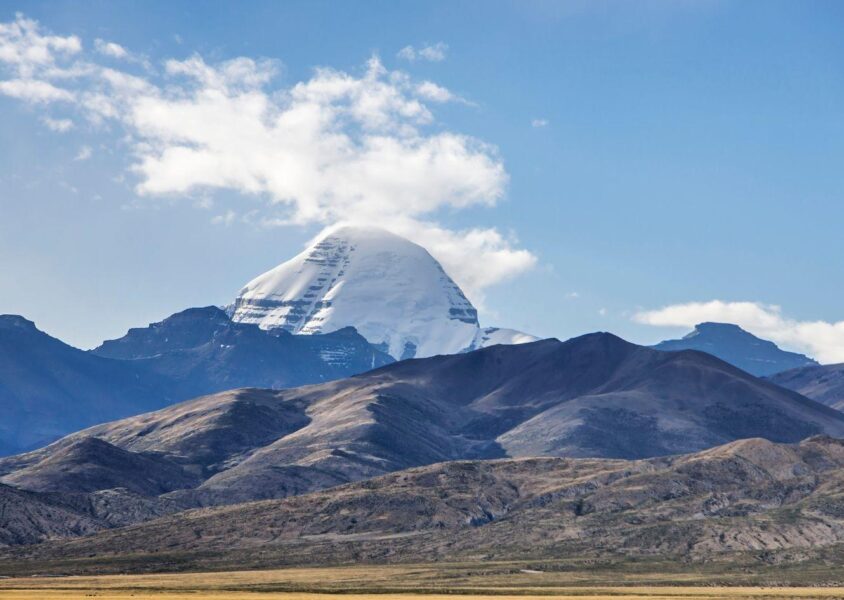Kailash The Most Sacred Mountain

Mount Kailash is a mountain in the Himalayas in Tibet. It is the most sacred mountain in several religions, including Hinduism, Buddhism, Jainism, and Bon. In addition, it is the spiritual center of the universe. Unfortunately, the mountain is located in a remote and difficult-to-access area. As a result, it has yet to be extensively studied by scientists. Therefore, its exact origins and geology need to be better understood. Many legends surrounding the mountain have developed over the centuries.
Religious Significance
In Jainism, Kailash is where the first Jain Tirthankara, Rishabhanatha, attained enlightenment. It is also where the Jinas, or spiritual victors, reside. In Bon, the indigenous religion of Tibet, Kailash is the home of the sky goddess Sipaimen.
According to Hindu scriptures, Mount Kailash is the home of Lord Shiva, one of the most important deities in the Hindu pantheon. The legends say that Lord Shiva lived on the mountain with his wife, the goddess Parvati, and their two sons, Ganesha and Kartikeya.
In Hinduism, Kailash is the ultimate destination for spiritual seekers. People believe that a single circuit around Kailash on foot is equivalent to performing all the religious duties of a lifetime. To perform 108 circuits is to achieve liberation from the cycle of rebirth.
Shiva is a powerful and revered deity responsible for the universe’s creation, protection, and destruction. The folklore depicts Him with a third eye, a crescent moon on his head, and a trident in his hand.
Kailash is also popular due to its stunning natural beauty. It cultural and spiritual significance is beyond any other. However, due to its location in the Tibetan plateau, it is a challenging and remote destination.
Making The Trip to Kailash
The most common route to Mount Kailash is from the town of Darchen, located near the mountain’s base. From Darchen, pilgrims can take a bus or hire a jeep to reach the mountain. Another route to the mountain is from the town of Zhangmu, located on the border between Nepal and Tibet. This route is more difficult and requires a long journey. But it offers the opportunity to visit other sacred sites in the region, such as Lake Manasarovar.
If you plan to make a trip to Mount Kailash, note that the Chinese government only allows a limited number of foreign visitors to the area around Mount Kailash each year. In addition, travelers must obtain a special permit to visit the mountain. It will help if you check with the Chinese embassy or consulate in your country to see the requirements for obtaining a permit and find any current restrictions on travel to the region.
Next, you should consider your physical fitness and readiness for the challenges of high altitude and extreme weather conditions. Mount Kailash is located at over 5,000 meters (16,400 feet). The weather can be very cold and windy, even in the summer. Therefore, you should bring appropriate clothing and gear and acclimatize to the altitude before attempting to climb the mountain. Consult a healthcare provider and consider getting insurance covering high-altitude trekking is also a good idea.
It would be best if you also considered the logistics of your trip, such as transportation, accommodation, and food. You will also need to arrange accommodation in a guesthouse or tent and ensure you have enough food and water for your journey.
Not For Everyone
Finally, it would help if you considered your visit’s cultural and spiritual significance. Mount Kailash is a sacred site in Hinduism, Jainism, and Bon, the ancient religion of Tibet, and is considered the home of the gods. Many Hindus and other believers pilgrimage to Kailash each year, and it is important to respect the cultural and spiritual traditions of the region. You should also be prepared for the physical and emotional challenges of the journey, as the pilgrimage can be physically demanding and emotionally intense.